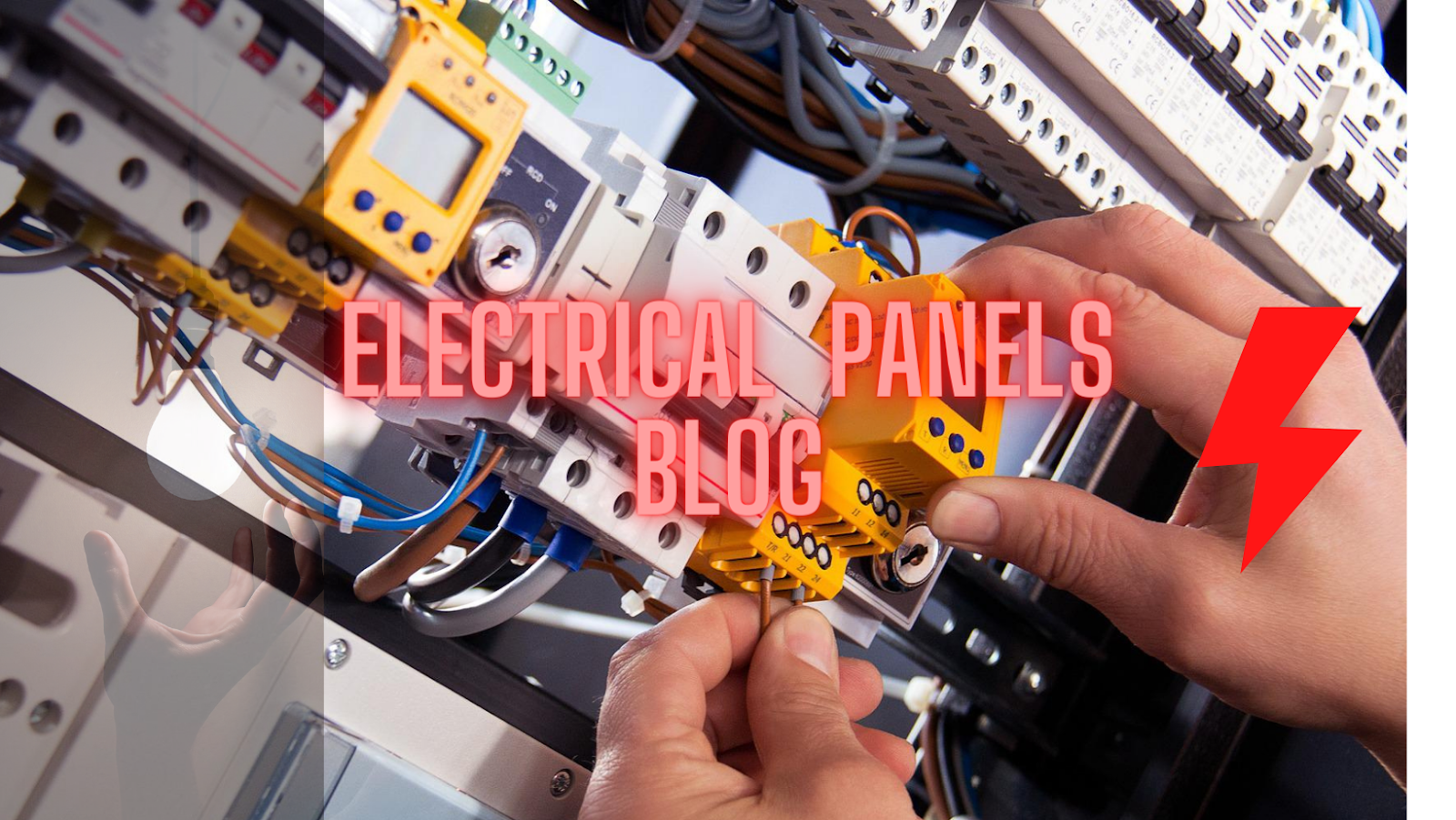These tests have a totally different function to Type Tests, BS EN 60439-1, states:
‘Routine tests are intended to detect faults in materials and workmanship. They are carried
out on every ASSEMBLY after its assembly or on each transport unit. Another routine test
at the place of installation is not required.’
Hence, Routine Tests on Assemblies are normally undertaken at the
manufacturer’s premises, and are:
• part of the quality control activity. They are intended to ensure materials and
workmanship included in every assembly produced meet the standards required
by the design.
• carried out on every assembly or transportable unit to be put into service. It is
recognized that it is unnecessary, with modern modular designs, to fully couple
assemblies for routine test, if they are subsequently to be shipped in several
sections.
• of a non-destructive nature having minimal effect on the service life of the
equipment.
• not intended to duplicate routine tests, previously carried out on components as
part of their manufacturing process.
• not intended to be repeated on site. This does not remove the onus of the
installer to ensure the assembly’s correct installation and obligation to test under
BS 7671. Before tests under BS 7671, or other testing is undertaken, the effects
of these tests on voltage sensitive components should be established.
(BEAMA Installation)








